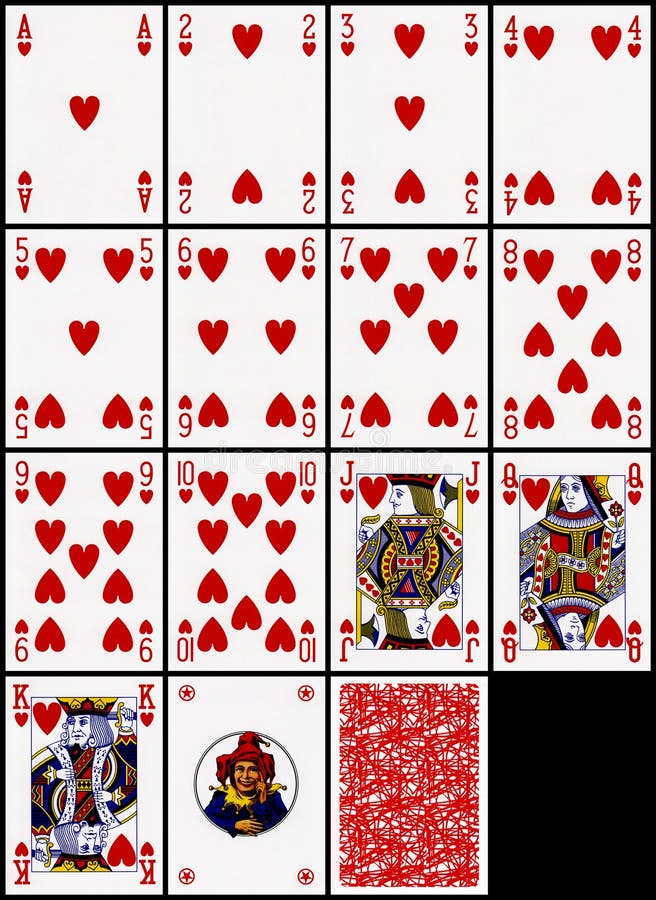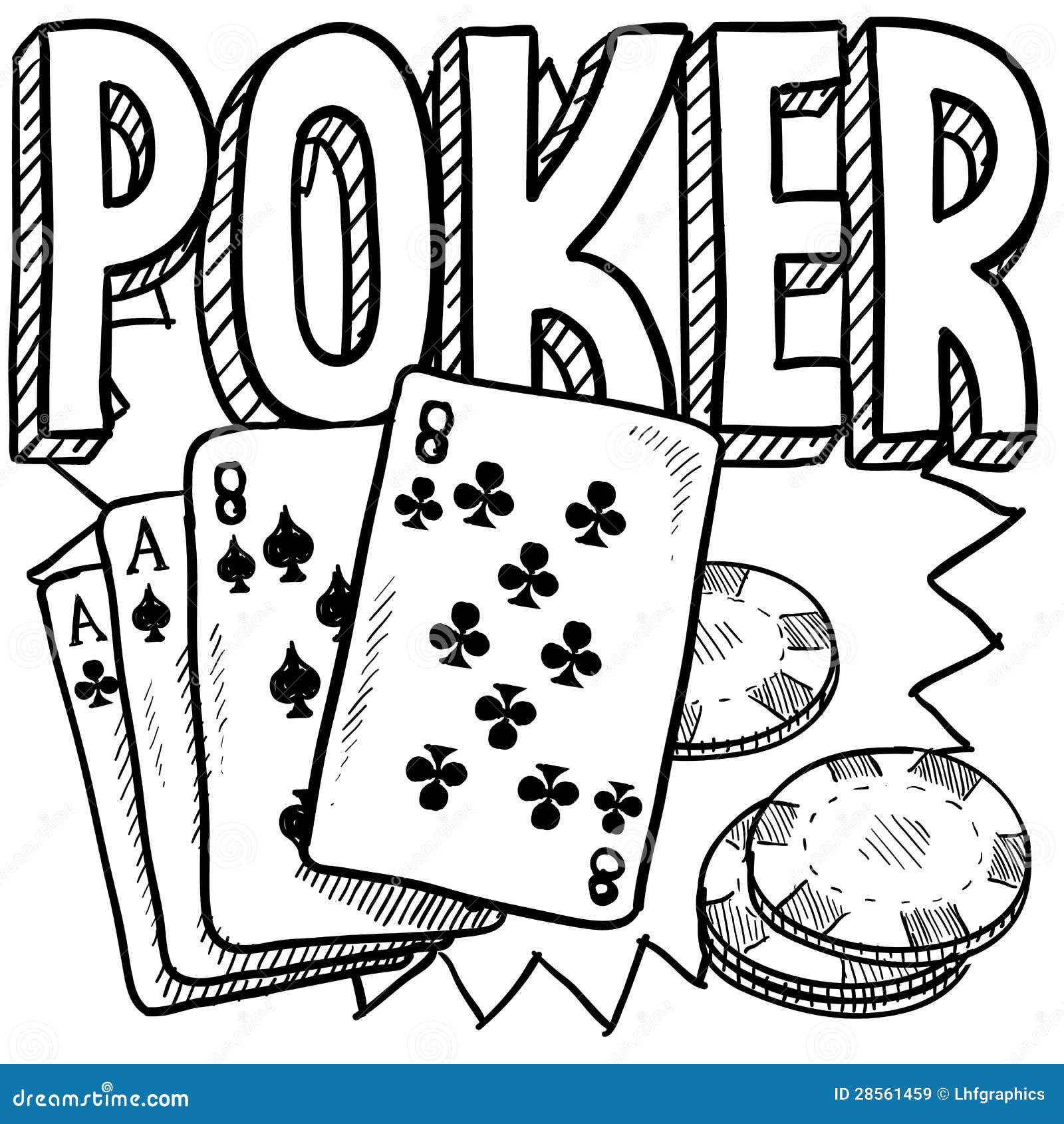A free online version of 3 Card Poker with 6-card Bonus. Test out your 3 Card Poker strategy here. Practice for Vegas. Play Three Card Poker for Free. The main forms of Poker are Draw Poker and Stud Poker. In Draw Poker, all the cards are dealt face down to the players. In Stud Poker, some of the cards are dealt face up as the betting progresses, so that all of the other players get to see a part of each player's hands.
There are two different types of post-flop hands that have value in poker: made hands and drawing hands. Made hands are more straightforward than draws and typically much easier to play. In fact, learning what a drawing hand is and how to play it is an often misunderstood yet extremely important component of mastering Texas Hold’em or any poker game for that matter.
So what is a draw in poker? In poker, a drawing hand is when a player has an unmade hand that is not likely to be best on the current street but has the potential to “draw” to the best hand by the turn or river if a particular card comes. The most common draws that come to mind for most people is the flush draw or straight draw.
There are varying strengths of drawing hands ranging from a gutshot straight draw (4 potential outs) all the way up to having a powerful combo draw such as a straight draw that includes a flush draw (up to 15 outs).
What Is an Out?
An out is a potential future card that could be dealt on the turn or river that has the potential of improving a poker hand. Usually, outs are associated with cards that would likely improve a player to the winning hand. For example, if you held Ace King and the board was 952, then all Aces and Kings left in the deck would be considered “outs” since either of them would make you top pair.
What Is a Flush Draw?
A flush is when your hole cards and the community cards include 5 of the same suit. Therefore, a flush draw is when one or both of your hole cards have the possibility of making a flush on the next street.
Examples Two Card Flush Draws
Not all flush draws are created equally. The strongest flush draws are when you either have two of the same suit in your hand and two on the board, or have the Ace of one suit in your hand and 3 of the same suit on the board. Having a single card flush draw that is not to the nuts (the best hand possible) is often a sucker hand to play due to reverse implied odds.
What is Reverse Implied Odds?
Reverse implied odds means that you might improve your hand and still lose to a better draw. The weaker your flush draw the more likely it is that reverse implied odds is an issue. Therefore, unless both cards in your hand are suited, you generally do not want to invest a lot of chips chasing a flush draw. As a rule, straight draws tend to have fewer issues with reverse implied odds.
What Is a Straight Draw?
A straight draw is when one or both of your hole cards allow your hand to make a 5 card straight on the next street. The most common straight draw that most people are familiar with is the open-ended straight draw. This is where one or both of your cards are in between the community cards in such a way that you have 8 potential outs to make a straight.
While reverse implied odds problems are typically not that common with straight draws, it is still possible. If your cards are at the bottom of the potential straight and there are hands that can make a bigger straight, this is known as having the “dummy” end of the straight. The best straight draw to have is when all 8 cards are to the nuts, typically seen as open-ended straight draws.
Are There Any Other Drawing Hands?
Yes. In fact, any time you have a hand that has an obvious route to becoming the best hand on either the Turn or River, it is technically a drawing hand. Examples include:

- Bottom pair, which has 5 outs to make trips or two pair
- A gutshot straight draw, which has 4 potential outs to a straight
- A Backdoor flush draw, which can make a flush if the correct suit comes runner runner on the turn and river
See the image below for examples of the above hands, respectively shown in the same order as written.
Weak Draws
The possibilities are endless. What is really important is in determining which draws have enough value to continue with and then choosing the correct lines to maximize the expected value. Mastering tactical play in these spots takes lots of time and effort.
What Are the Odds of Making a Draw by the Turn or River?
Understanding the odds of drawing hands is one of the basic fundamental concepts of texas hold’em. The probability of completing a draw is based on the number of outs you have. Here is a poker outs probability chart showing the odds of making a few of the common draws on the turn or river, based on the number of outs.
An Easy Math Shortcut to Help You Figure out the Odds
If you can remember the numbers 4 and 2, you can figure out your approximate chances of hitting a flopped draw on the turn or by the river. For your chance of improving by the river, multiply your expected number of outs by 4. For your chance of improving on the turn, multiply your expected number of outs by 2. That’s it, easy peasy.
Of course, the numbers won’t be exactly correct and are going to be off by around 1% most of the time. Even so, it’s close enough to make intelligent decisions at the table. Let’s test it out, just to be sure. Say you have an open-ended straight draw and are curious how often you will hit your straight by the river. Since an open ender is 8 outs, we multiply that by 4 and end up with 32. If you check the chart above, you will notice that the actual number is 31.5%; pretty dang close. Feel free to test a few other possibilities to get the hang of it.
Why Are Drawing Hands so Valuable?
Now, let’s briefly get a bit more advanced and discuss the theory of why drawing hands are so valuable. In short, it’s because they tend to do very well against the strong made hands and have much better equity against the nuts (the strongest hand possible) or near nuts, even on the turn.
Equity is basically what percentage of the pot your hand is going to win if everyone involved in the pot happened to get all-in right now at this very moment on this street. If you compare the equity of a made hand like top pair versus the nuts, you will see that that type of hand has very little chance of winning by the river. On the other hand, your run of the mill low flush draw will usually beat the stone cold nuts more than 1 in 3 times by the river.
As an example, 32s, with a two card flush draw, has over a 33% chance of winning the pot by the river versus QJo on an AKT, 36% if your opponent doesn’t share a suit with you. See the results below, as shown in a program called Pokerstove, which calculates raw flop equity based on known hole cards and the board.
Now, look at how top pair does versus the same hand.
Only 7.5% equity! Now you see the full impact of draws. Versus an opponent who likely has a really strong range, it is much better to have a draw than a medium strength hand, like top pair.
While it’s better to have a draw over a made hand when up against a really strong hand, the real power of a draw is the fact that sometimes your opponent(s) will fold and you take down the pot uncontested. This extra money you win the times that you get a fold is known as fold equity.
Free Poker Pictures Clip Art
The Power of Fold Equity

The entire reason a draw is profitable has nothing to do with actually making your hand. Even most of the stronger draws will have less than 50% equity on the flop. If no one ever folded, then it would be virtually impossible to show a profit with a draw. Take a look at this screenshot of the graph from my recent play while holding either a flush draw or straight draw.
5 Card Poker Free Online
Hold’em Manager Graph Showing My Results With Flopped Draws

As you can see, I won a lot of money with my draws but would have been a loser if it were not for the non-showdown earnings I achieved via fold equity. These “red line” earnings were made when I bet and my opponents folded. This is known as “Semi-Bluffing.”
What is a Semi Bluff?
When you represent a made hand by betting or raising while on a draw, it is known as semi-bluffing. One of the reasons that good poker players win is not because they have the best hand at showdown more than everyone else, but rather how they make opponents fold the best hand. The best hands to “bluff” are ones that are most likely to improve on a later street; namely draws. Therefore, the most effective bluffs are ones that have a lot of equity, such as flush draws or straight draws via semi-bluffs.
Summary
Blackjack Cards Drawing
One of the keys to learning how to play winning poker is to master how to play a variety of hands after the flop. Not only do you have to know how to get value from made hands, you also have to learn how to maximize your drawing hands as well. In fact, learning how the equity of made hands versus draws works can make the difference between being a losing and a winning player. This makes mastering how to play a drawing hand of utmost importance.